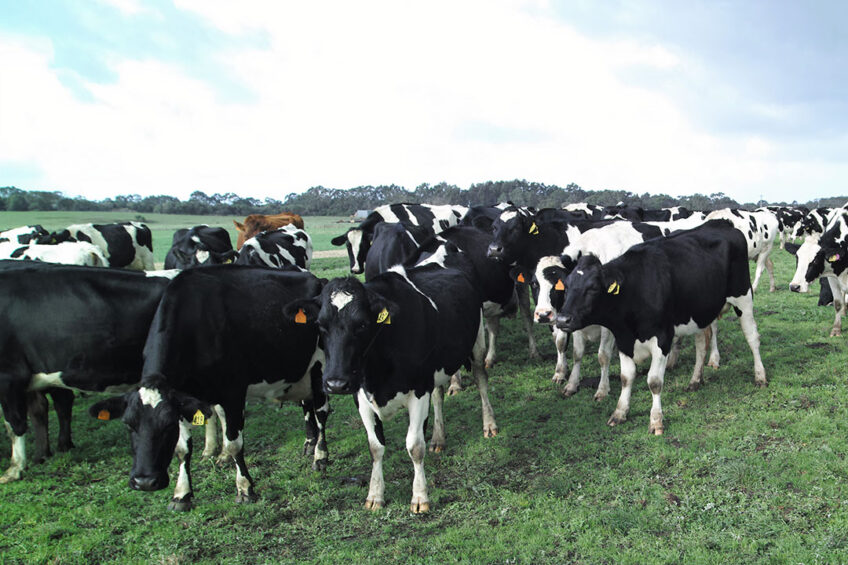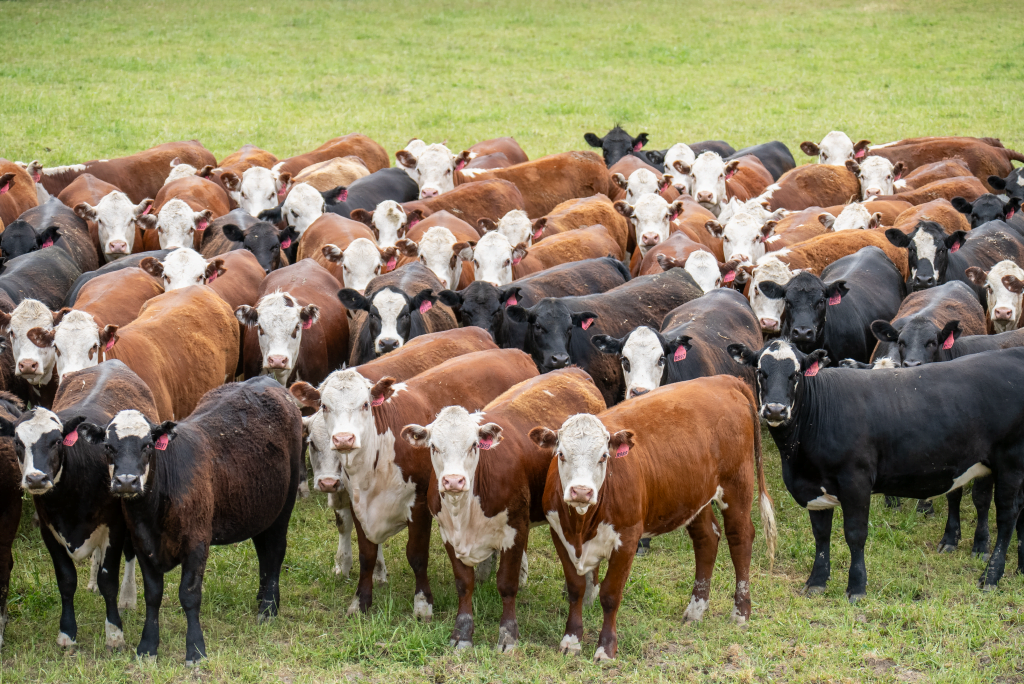Master the Art of Food Preparation With Turf Fed Meat
In the world of culinary expertise, understanding the art of cooking with grass-fed meat holds a prestigious placement. The distinct top quality of grass-fed meat provides a myriad of advantages that not only raise the taste of recipes but also add to a healthier way of living. From the tender structure to the durable flavor profile, grass-fed meat presents a canvas for cooking creativity. As we check out the nuances of this costs meat alternative, discovering the very best cooking approaches, flavor pairings, and storage space techniques, a globe of gastronomic opportunities unfolds. Whether you are an ambitious home or a seasoned cook chef, delving into the realm of grass-fed meat promises a journey full of delectable experiences and culinary discoveries.
Advantages of Grass-Fed Meat

When picking grass-fed meat, customers can profit from its greater degrees of omega-3 fats and anti-oxidants contrasted to traditionally elevated meat. Constance Cattle. Omega-3 fats are essential nutrients that support brain health, reduce swelling, and promote heart health. Grass-fed meat is known to have up to 5 times a lot more omega-3 fats than grain-fed meat, making it a healthier option for those wanting to enhance their intake of these useful fats
Along with omega-3 fatty acids, grass-fed meat is also richer in antioxidants such as vitamins E and C, as well as beta-carotene. Antioxidants play a vital function in safeguarding cells from damage caused by free radicals, which can add to numerous persistent illness and accelerate aging. By selecting grass-fed meat, customers can not only enjoy an extra nutrient-dense and delicious protein resource however likewise sustain their general health and wellness and well-being.
Including grass-fed meat into your diet can be a straightforward yet efficient way to boost your nutritional intake and gain the benefits of omega-3 fats and antioxidants that are normally plentiful in this kind of meat.
Ideal Cooking Approaches
Using suitable food preparation methods is vital to protect the nutrient account and enhance the taste of grass-fed meat. When cooking grass-fed meat, it is essential to bear in mind that it is leaner than conventionally elevated meat, making it more vulnerable to drying out if overcooked. To make certain a juicy and tasty end result, consider cooking grass-fed meat at somewhat reduced temperatures than you would certainly with grain-fed meat.
Barbecuing is a preferred approach for cooking grass-fed meat as it allows excess fat to leak away, protecting against flare-ups that can cause charring. One more wonderful cooking method for grass-fed meat is pan-searing.
Sluggish food preparation strategies such as braising or cooking are also outstanding choices for harder cuts of grass-fed meat, as they aid damage down the muscle fibers and tenderize the meat. Whichever cooking method you choose, remember to allow grass-fed meat rest after cooking to allow the juices to redistribute, guaranteeing a damp and tender final meal.
Flavor Pairings and Seasonings
To improve the natural flavors of grass-fed meat, tactical flavor pairings and spices play a crucial role in elevating the overall eating experience. Grass-fed meat has an abundant, distinctive preference that can be matched and improved by very carefully selected components. When it concerns flavor pairings, herbs like oregano, thyme, and rosemary job incredibly well with grass-fed beef, lamb, or bison. These natural herbs add depth and earthiness to the meat, boosting its all-natural flavors without overpowering them.
In enhancement to natural herbs, spices such as black pepper, garlic, and smoked paprika can better raise the taste account of grass-fed meat meals. These spices give a balance of heat, sweet taste, and smokiness that can enhance the total dining experience. When flavoring grass-fed meat, it is necessary to utilize premium salt, like sea salt or Himalayan salt, to bring out the meat's flavors without adding unneeded chemicals or additives.
Storage Space and Handling Tips
Correct storage and taking care of practices are crucial for preserving the top quality and freshness of grass-fed meat. When saving grass-fed meat, it is important to maintain it refrigerated at temperature levels below 40 ° F(4 ° C) to avoid microbial growth and perishing. To extend the meat's rack life, consider wrapping it securely in parchment paper or butcher paper before putting it in an impermeable container or sealed plastic bag - Constance Cattle. Prevent check saving grass-fed meat near strong-smelling foods as it can absorb odors conveniently.
When managing grass-fed meat, it is essential to practice great health to protect against cross-contamination. Laundry your hands extensively prior to and after handling the meat, and make sure that all utensils and surface areas that come into contact with the meat are cleaned up and disinfected effectively. Additionally, use separate cutting boards for meat and vegetables to prevent microbial transfer.

Top Grass-Fed Meat Recipes
When taking into consideration the best means to relish the quality and quality of grass-fed meat, discovering first-class dishes can boost your culinary experience. Grass-fed meat's rich taste and leaner account lend themselves well to a range of dishes that highlight the natural benefits of the meat. One leading dish to try is a timeless Grilled Grass-Fed Ribeye Steak experienced with straightforward components like salt, pepper, and a touch of garlic for a durable taste. For a calming meal, a Slow Cooked Grass-Fed Beef Stew with root veggies and great smelling natural herbs is a hearty option that brings out the meat's tenderness.
If you remain in the state of mind for something lighter, a Grilled Grass-Fed Hamburger offered with fresh garnishes and a side of wonderful potato french fries is a scrumptious selection. In addition, a Herb-Crusted Grass-Fed Shelf of Lamb baked to excellence with an assortment of breadcrumbs and natural herbs is a show-stopping recipe for unique celebrations. These leading grass-fed meat dishes display the flexibility and premium high quality of grass-fed meat, enabling you to appreciate its remarkable preference in different culinary creations.

Conclusion
Finally, grasping the art of food preparation with grass-fed meat supplies various benefits, including boosted dietary worth and superior flavor. By utilizing the most effective food preparation approaches, explore flavor pairings and seasonings, and complying with appropriate storage space and taking care of tips, you can create delicious and nutritious dishes. Check out some top grass-fed meat recipes to elevate your culinary skills internet and enjoy the full possibility of this top quality active ingredient.
When cooking grass-fed meat, it is important to remember that it is leaner than traditionally elevated meat, making it extra vulnerable to drying out if overcooked. To make certain a juicy and savory result, think about cooking grass-fed meat at somewhat lower temperatures than you would certainly with grain-fed meat.
When flavoring grass-fed meat, it is necessary to utilize premium salt, like sea salt or Himalayan salt, to bring out the meat's flavors without pop over to this site adding unneeded chemicals or ingredients.
Grass-fed meat's rich flavor and leaner account provide themselves well to a range of dishes that highlight the all-natural benefits of the meat. These top grass-fed meat recipes display the adaptability and premium quality of grass-fed meat, allowing you to appreciate its remarkable preference in different culinary productions.